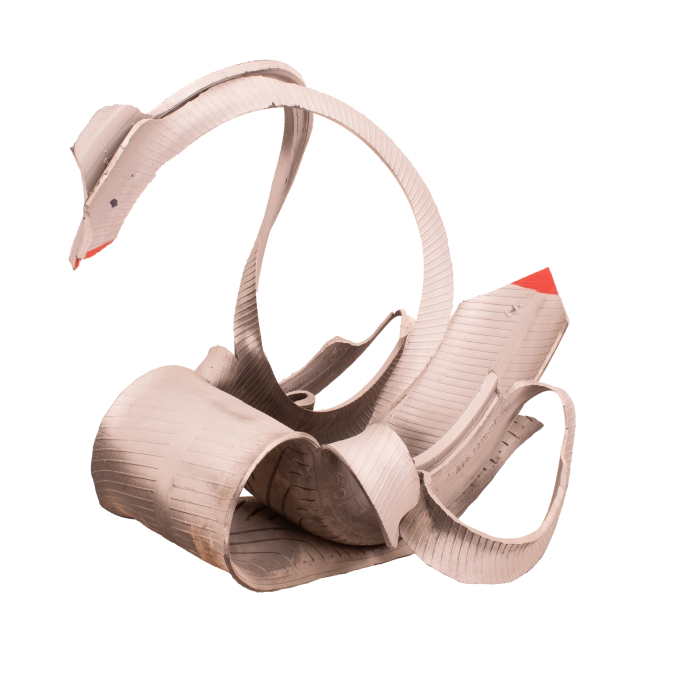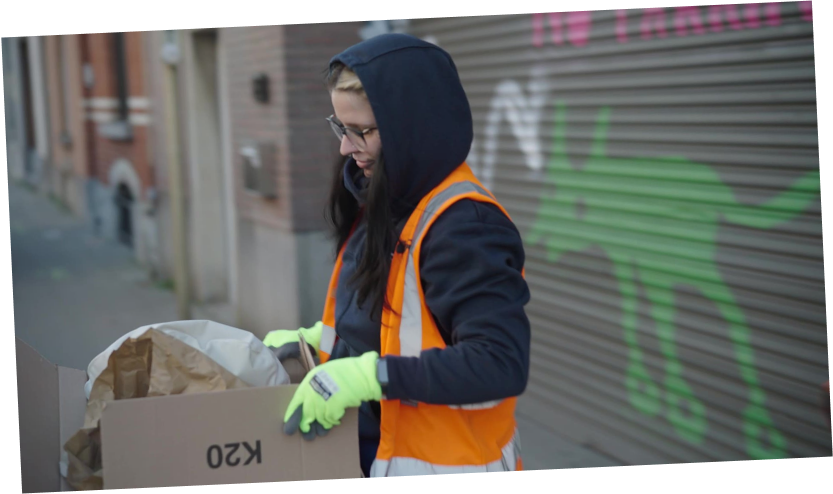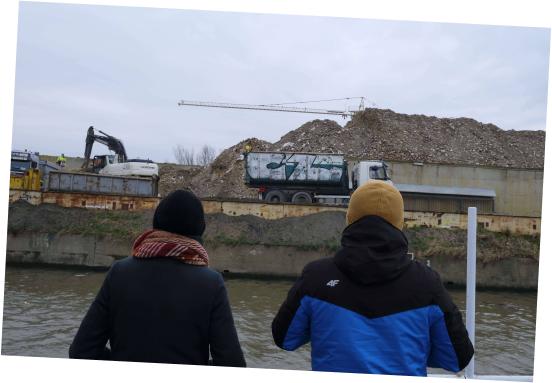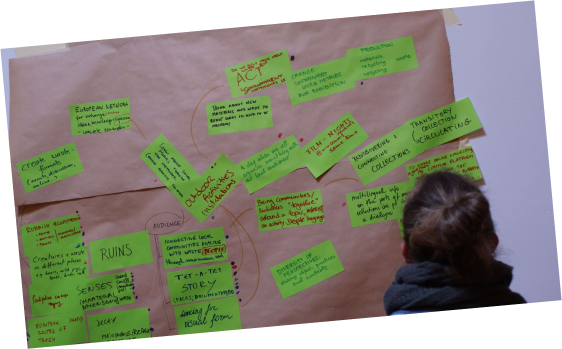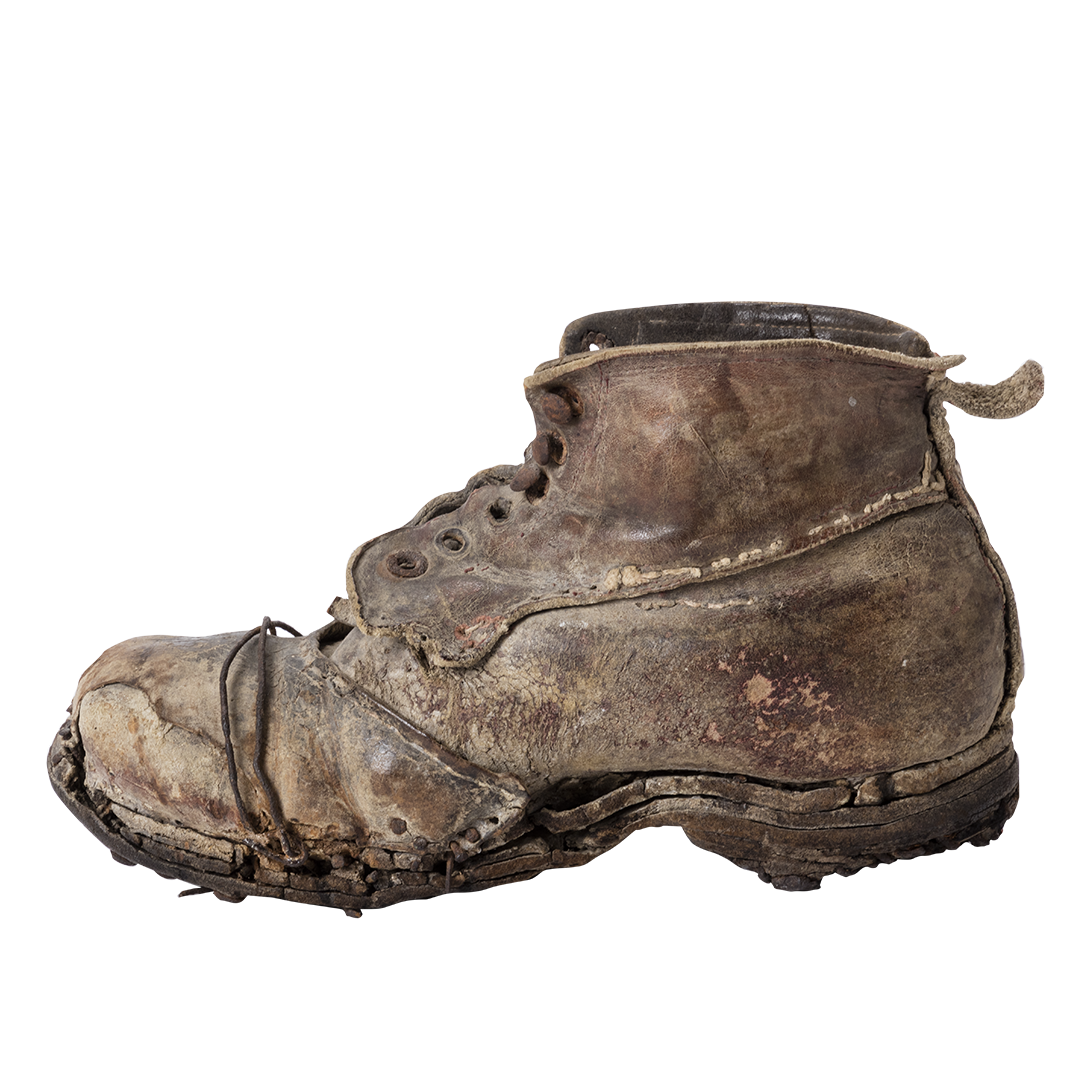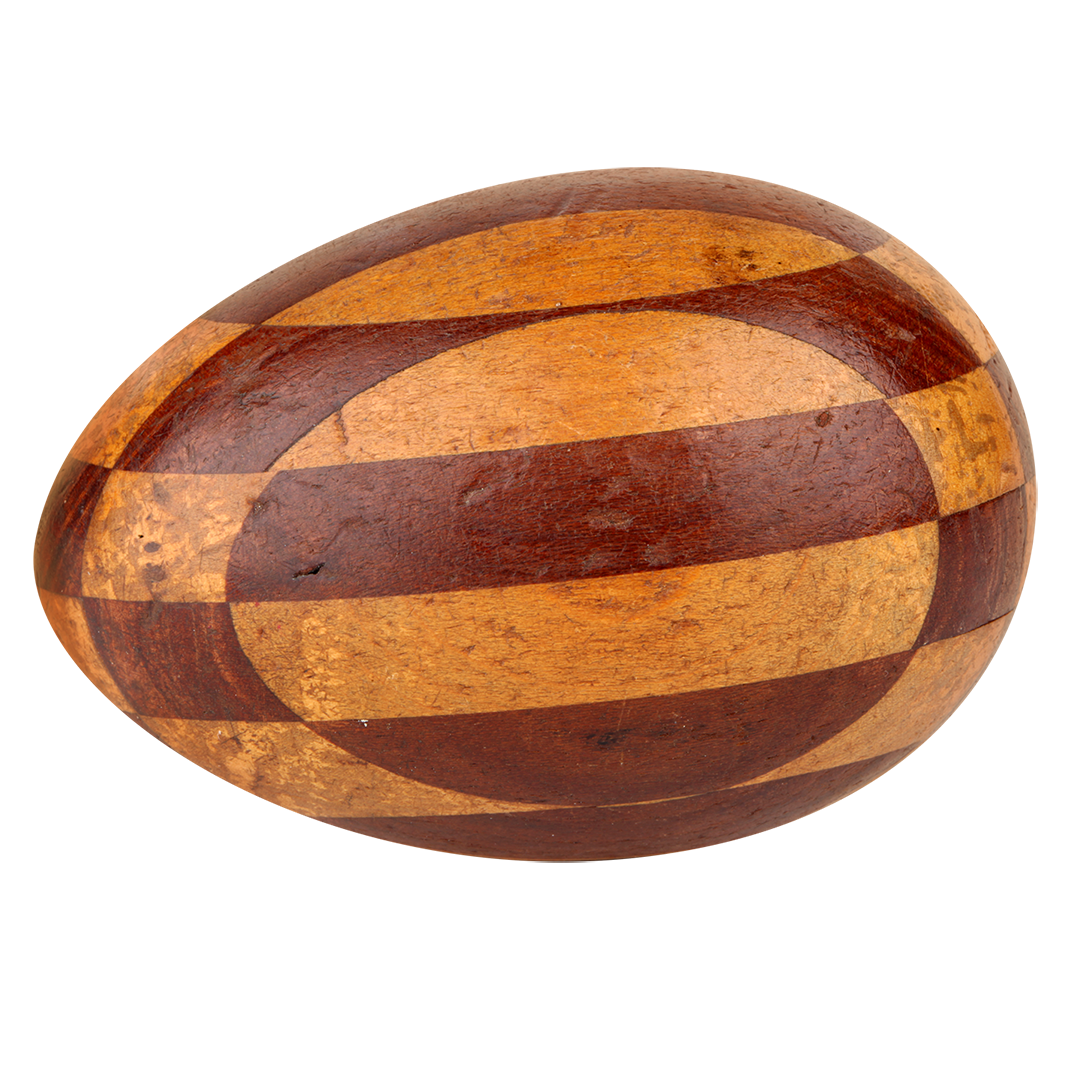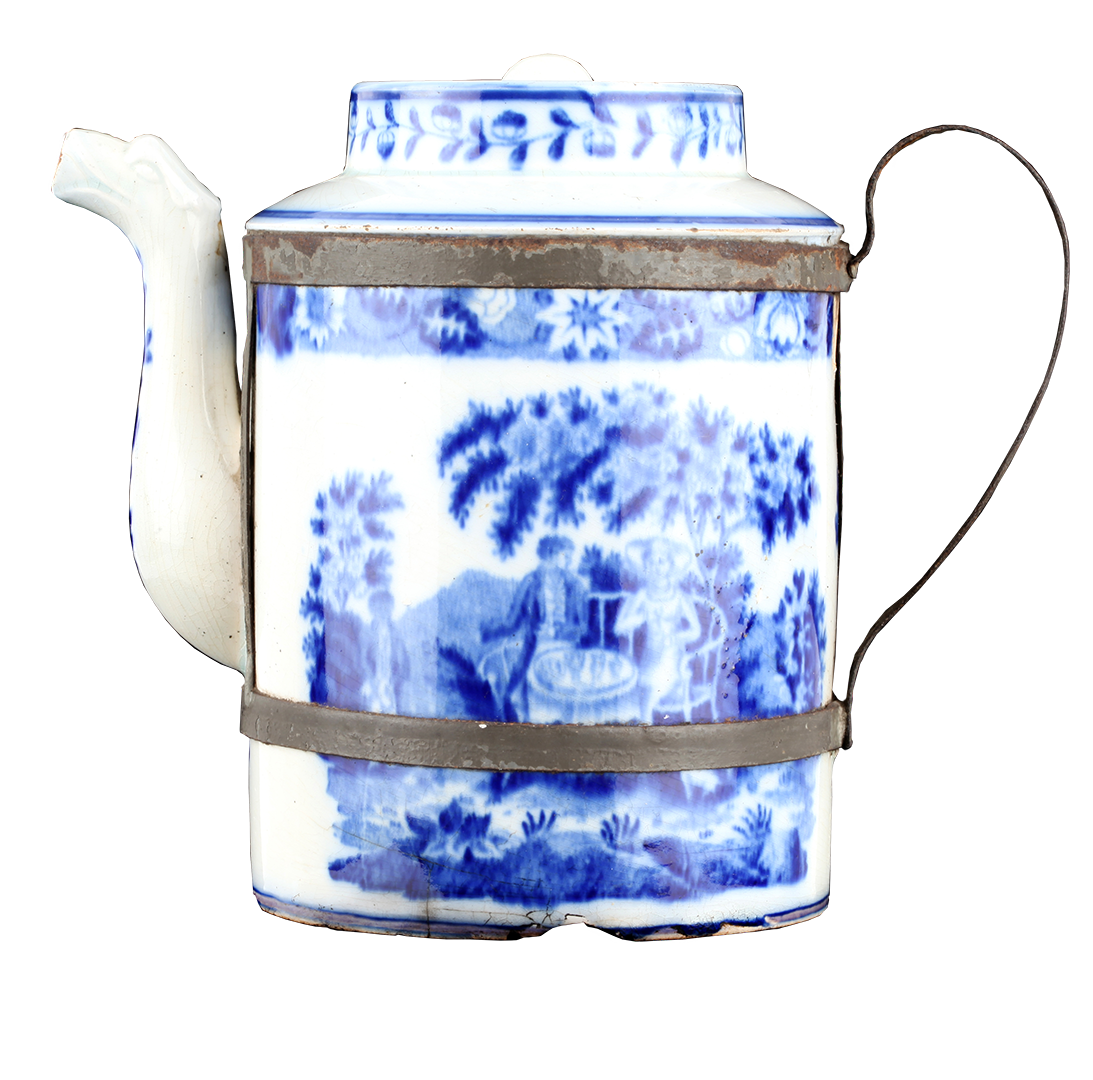Artist/Maker Unknown
Date Production/Creation
20 century
Entry in the museum collection
Terminus post quem 1950
Place of origin
Ozzano Taro, Collecchio, Parma, Emilia Romagna, Italy
Current location
Ettore Guatelli Museum foundation, Ozzanno Taro, Italy
Material
Boot that has been repaired and resoled countless times using wire and nails
Dimension
24 x 11x 14
Inventory Number
Keyword Scarcity Repair Self-made/DIY
Copyright @Fondazione Museo Ettore Guatelli
Status On display
Image Credit Mauro Davoli
As the old saying goes, you can tell a lot about a person from their shoes.

